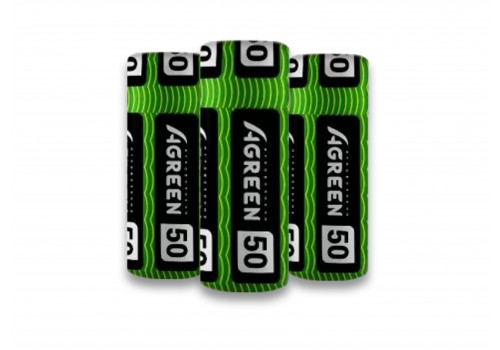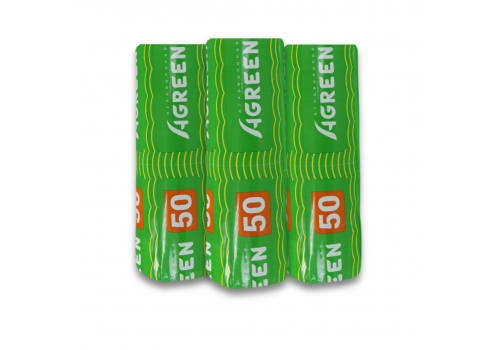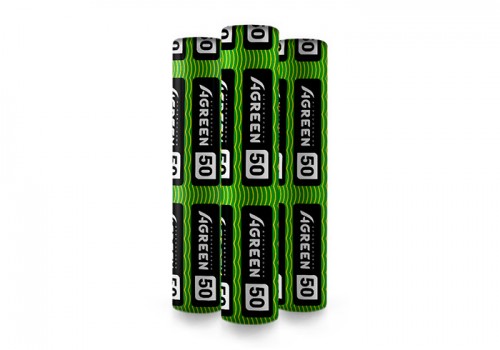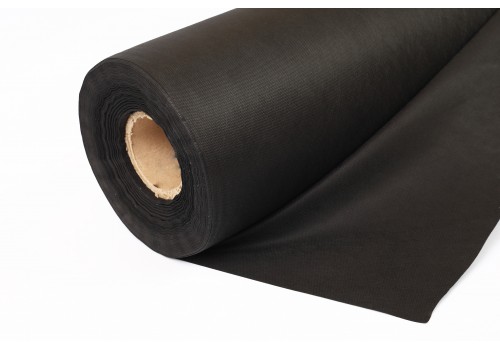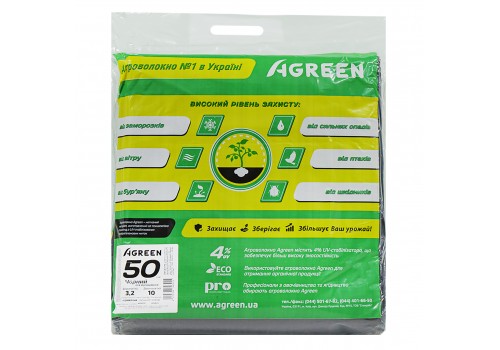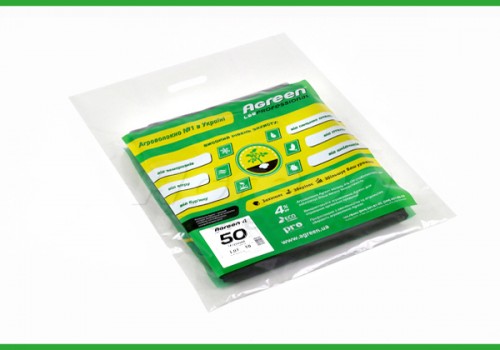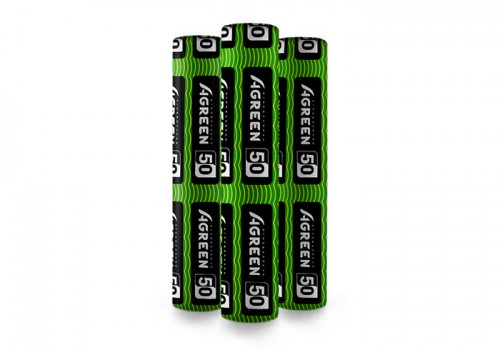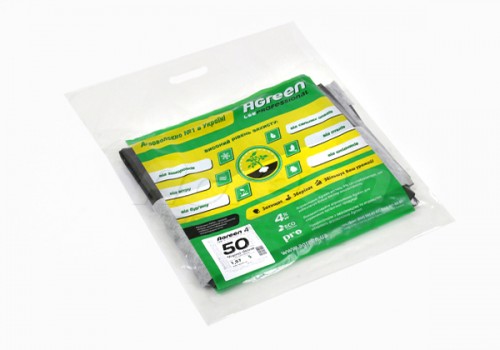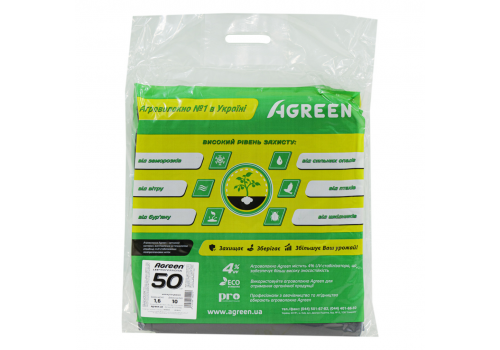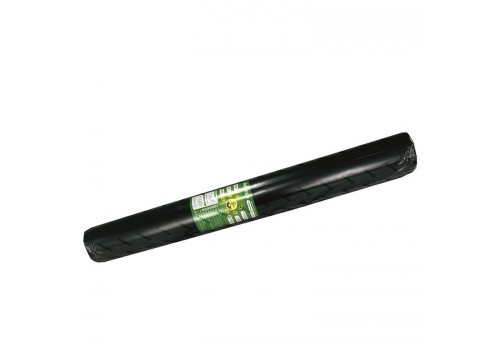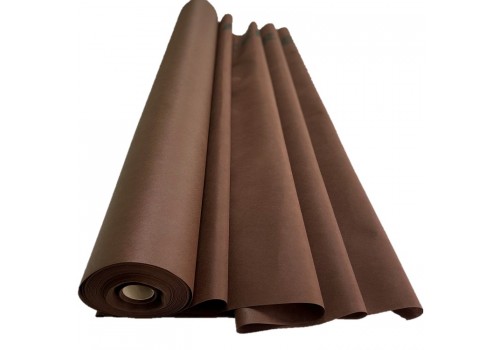Agricultural fibre ЕASY-CARRY ROLLS
Black agricultural fiber
Black and white agricultural fibre
Dark green agrofibre
Brown agrofibre
Agreen Black Mulching Agrotextile
Black agrotextile is a nonwoven covering material used for soil mulching. It protects against weeds and creates comfortable conditions for the growth and development of cultivated plants.
Polypropylene, a synthetic material known for its high strength and resistance to negative influences, is used to make agrotextile. The material is melted and extruded at high temperature. The resulting fibers are bonded together with ultraviolet stabilizers added.
Types of Agreen Mulching Agrotextile
Our range includes weed control agrotextile in the following colors:
- black;
- brown;
- green;
- black-and-white.
Our catalog also features perforated fabrics. The most commonly purchased agrotextile for strawberries is perforated. It has holes with a diameter of 8 cm, spaced 33 cm apart along the length and 25 cm apart along the width, making it ideal for this crop.
By Packaging Type:
- in rolls – length 50-100 meters, width 0.53 - 3.2 meters, suitable for various farms;
- in packages – length 5-10 meters, width 1.07 - 3.2 meters, designed for small plots and specific needs.
™ Agreen offers the option to order the desired width of agrotextile with a 50-meter step.
Density of Black Agrotextile and Its Properties
When choosing density, one should consider the type of crop grown, soil characteristics, climate conditions, and the desired service life.
™ Agreen manufactures mulching agrotextile with the following densities:
- 50 g/m²
- 80 g/m²
- 100 g/m².
For cucumbers, tomatoes, and other vegetable crops, agrotextile with a density of 50 g/m² can be purchased. For strawberries, raspberries, blackberries, currants, and gooseberries, a material with a density of 80 g/m² will be needed. The recommended density for thuja, roses, and other decorative shrubs is 100 g/m².
Additionally, it should be noted that for heavy soils, a denser material of 80 and 100 g/m² is preferable to effectively suppress weeds.
Despite its high density, black agrotextile has a porous structure, which allows it to pass water and air well. Therefore, watering and fertilizing plants can be done at any time without removing the spunbond from the bed.
Unlike white agrotextile, black does not let sunlight through, preventing weeds from performing photosynthesis, which leads to their depletion and death.
Advantages of Agreen Mulching Agrotextile:
- suitable for a wide range of agricultural crops and various agro-climatic conditions;
- reliable protection against weeds;
- prevents soil erosion, compaction, and drying out, ensuring proper aeration of the root system and promoting plant growth;
- facilitates early soil warming in the spring and creates an optimal microclimate;
- retains moisture, thereby reducing the frequency of irrigation;
- eliminates sharp temperature fluctuations – it accumulates heat during the day and releases it to the plants at night;
- ensures the commercial appearance of fruits – keeps berries and vegetables clean, prevents rot and mold.
Thanks to the ultraviolet stabilizer, the degradation of spunbond from sunlight is slowed down, significantly increasing its wear resistance and extending its service life.
You can buy black agrotextile wholesale from the manufacturer or retail through our dealer network partners. It eliminates the need for weeding and herbicide use, thus optimizing agricultural processes, saving time and effort.
Black Agrotextile: Usage
First, clean the area from weeds, level the surface, apply fertilizers, and loosen the soil. Then, lay the agrotextile fabric on the bed so that it fits snugly against the ground. Secure the edges of the material with stakes, pins, stones, or soil. When arranging rockeries, alpine slides, and other garden compositions, the spunbond can be laid under gravel or pine bark.
Mulching agrotextile is most often placed between rows or used to cover the root zones of trees and bushes. If you want to cover the entire area, make cuts where you will plant seedlings. The cuts can be circular, rectangular, or cross-shaped, depending on your preference. They are arranged in a checkerboard or rectangular pattern, spaced 20-30 cm apart.
On vegetable beds, the mulching fabric is left in place for the entire growing season, while on plots with perennials, it remains throughout the year.



